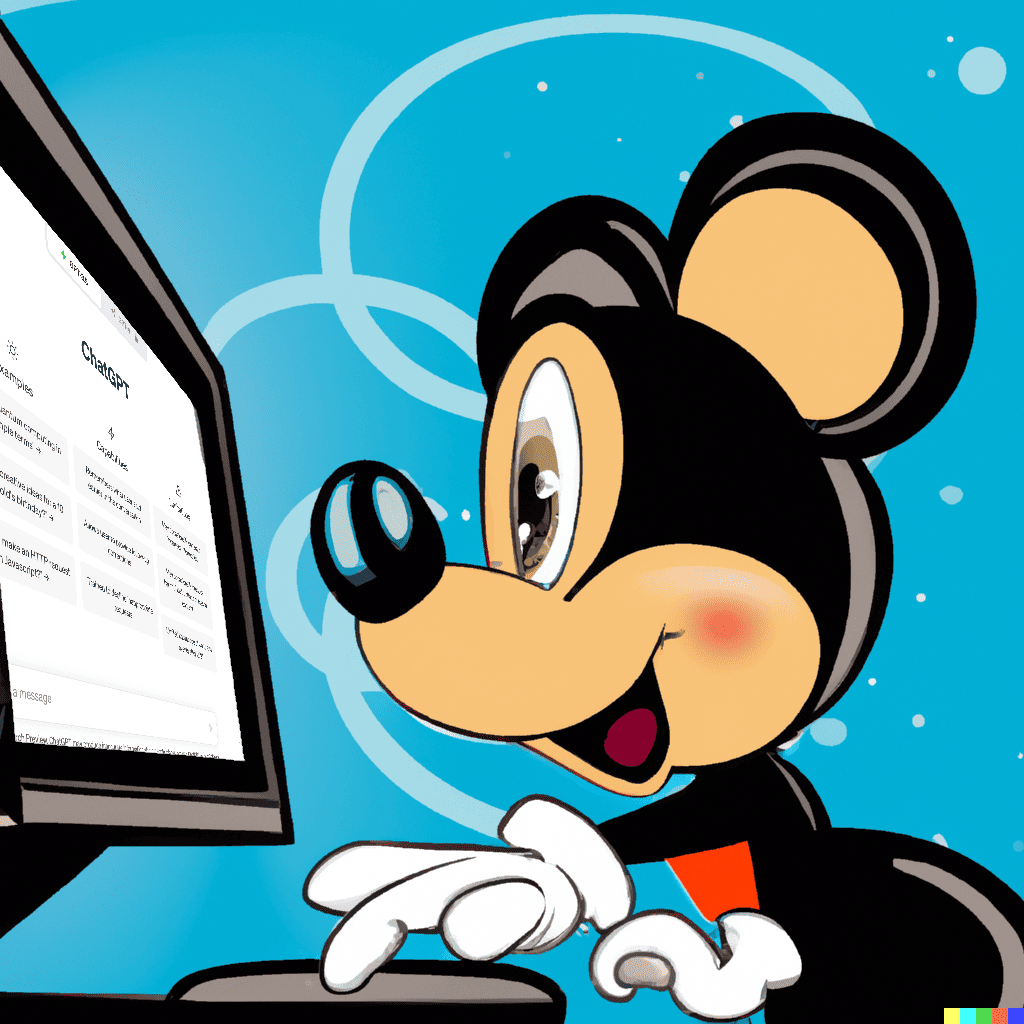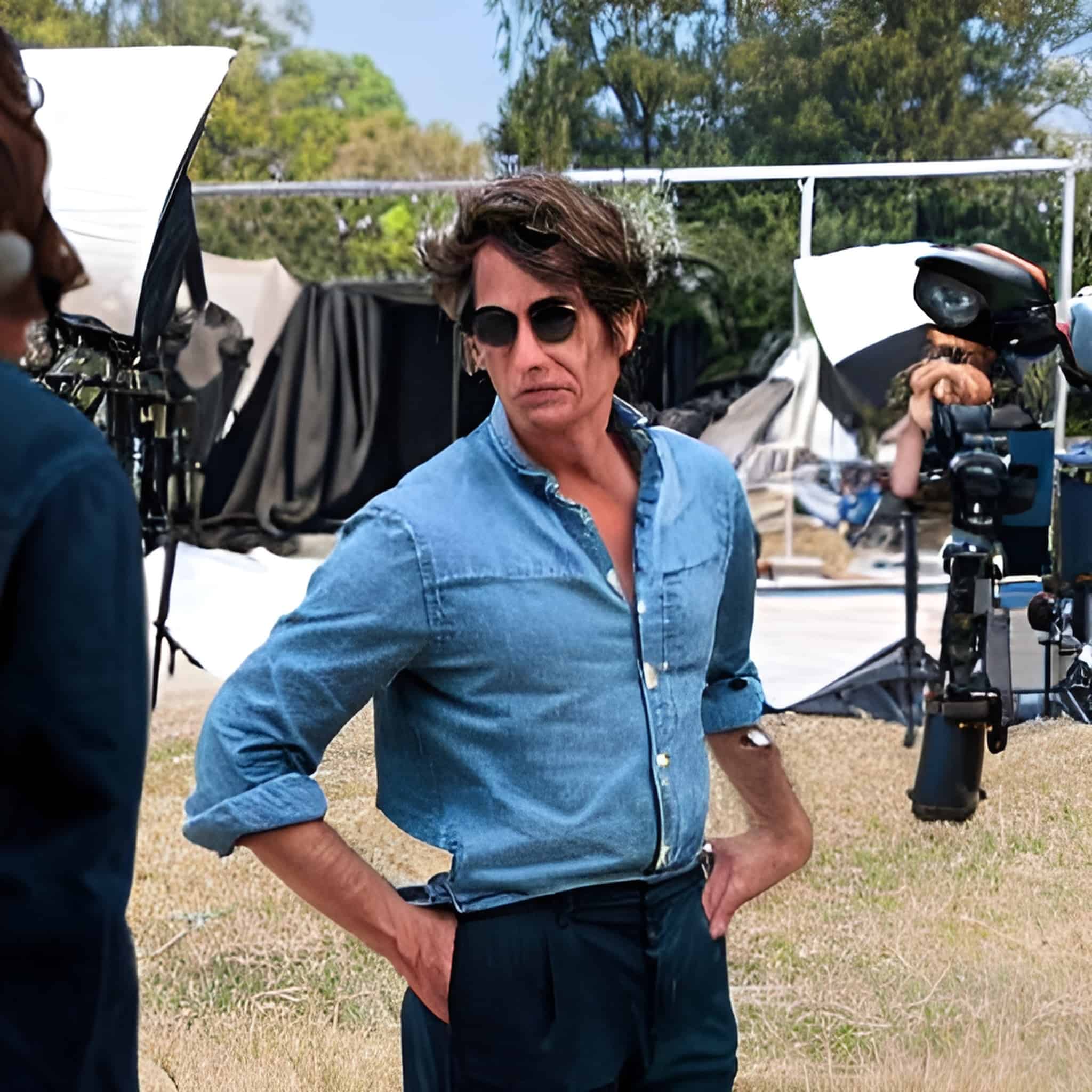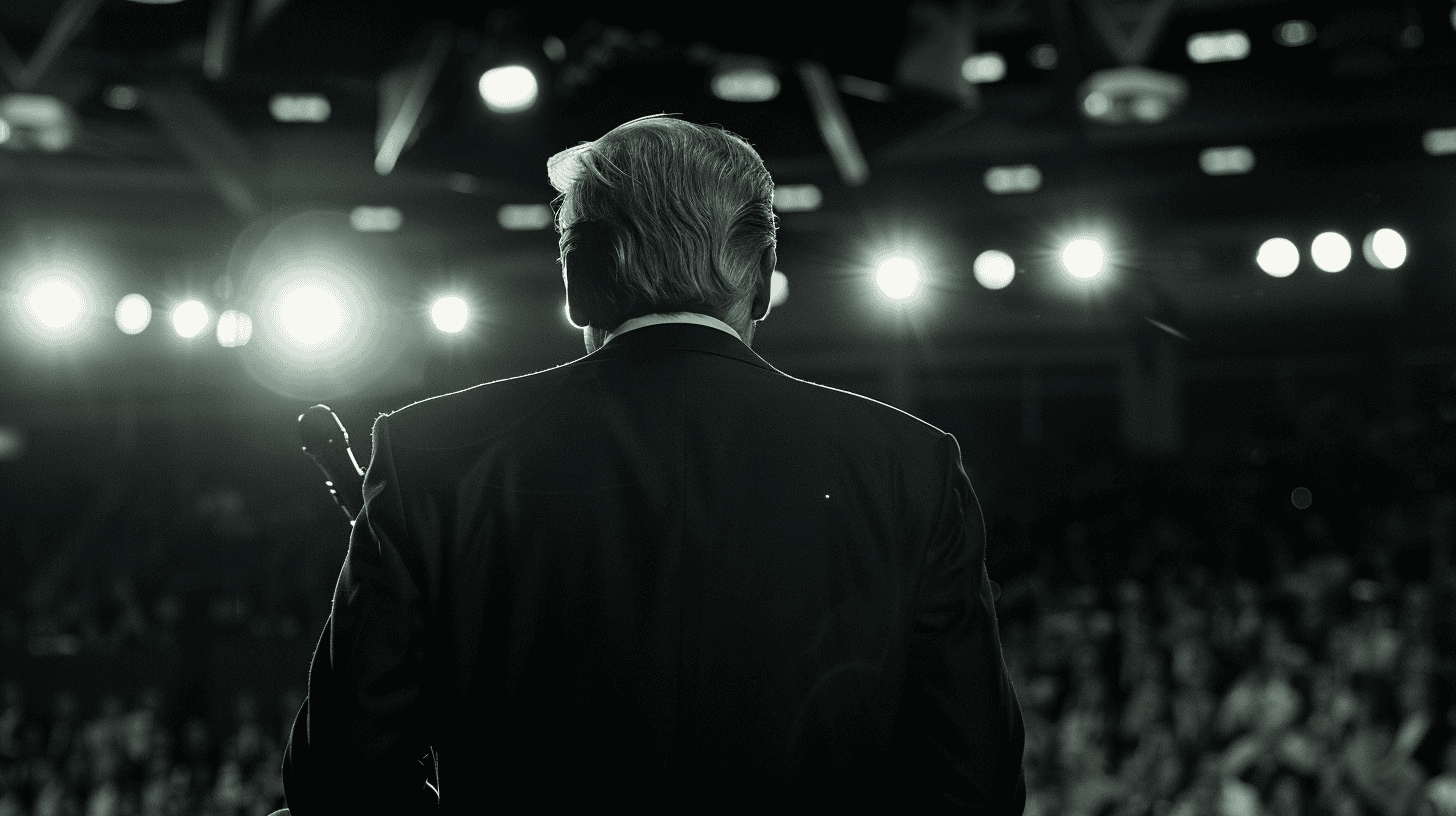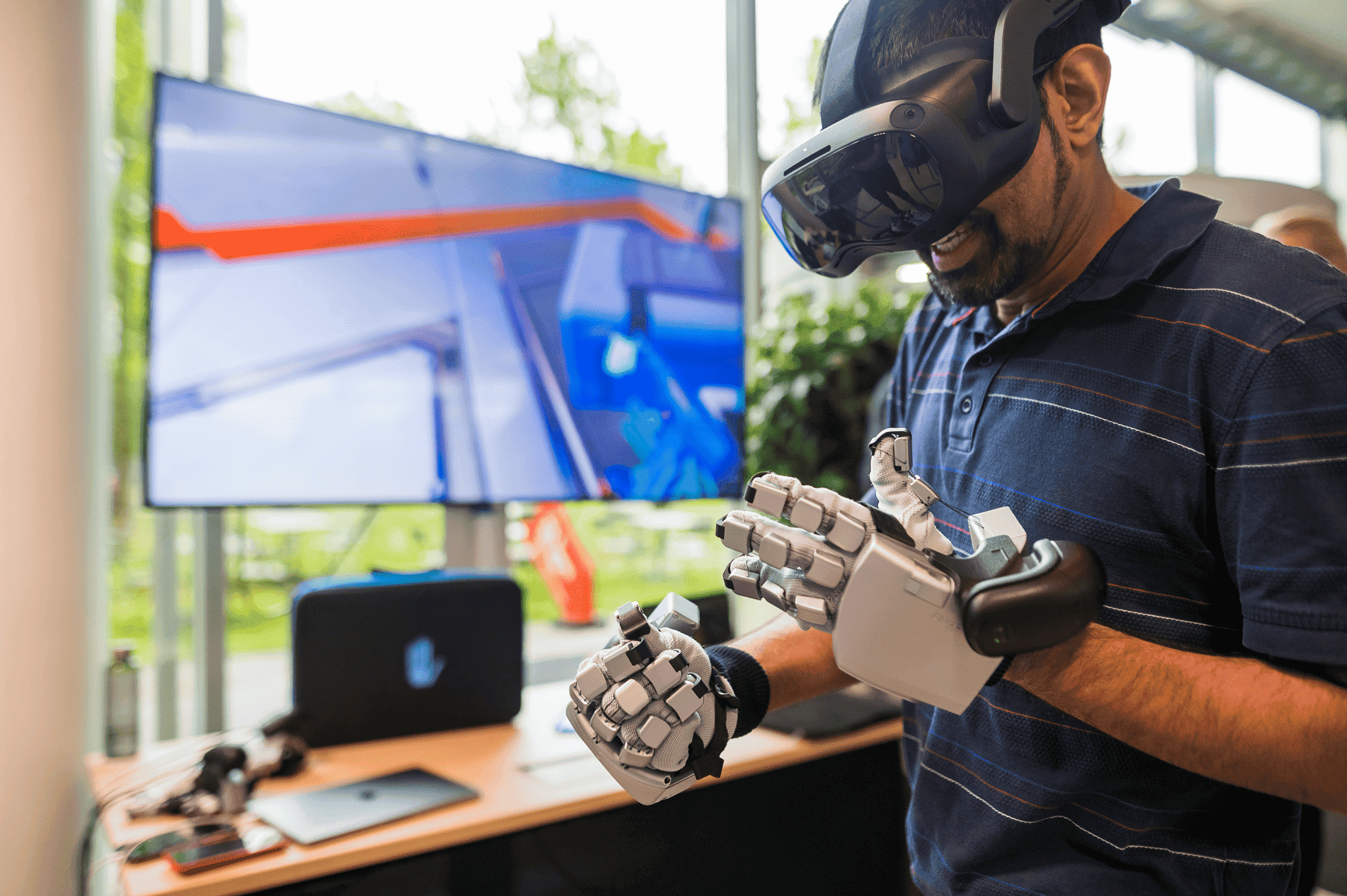
AI’s rise in the film sector rattles actors, writers, and studios. Ongoing strikes by the Writers Guild of America and the Screen Actors Guild highlight concerns over AI’s potential misuse. The unsettling fusion of AI-generated scripts and actor simulations raises questions about industry experts’ unique abilities and identities. In a bold move, Disney has created a dedicated task force to explore AI’s potential. This dynamic technology offers cost-cutting and enhanced audience experiences, but worries persist about job losses and waning creativity. The debate has become more strenuous with the recent presentation of AI-assisted titles, opening sequences, and episode names for the Disney+ series ‘Secret Invasion’.
- AI’s growing role in Hollywood sparks fears among writers and actors about job losses and threats to creativity
- Disney faces a balancing act – exploring AI’s potential for cost and efficiency gains while addressing valid concerns of its creative staff about displacement.
- Collaboration between developers, writers, and actors could create an inclusive cinematic ecosystem that benefits from AI while protecting interests of professionals.
The AI and Human Creative Conundrum
As AI’s role in Hollywood becomes more prominent, fear and apprehension ripple through the creative industry. While some view AI as a tool for efficiency and innovation, others see it as a threat to their livelihoods and the essence of creativity. Generative AI, for instance, can learn from text and images to create new content, a development that has left writers apprehensive, fearing they might be reduced to mere editors of AI-generated scripts.

Actors, too, are on edge, with deepfake technologies causing a stir. These technologies can replicate an actor’s likeness, potentially creating a future where a physical presence on set becomes unnecessary. The recent resurrection of the late Brazilian singer Elis Regina via AI for a Volkswagen commercial further fuels these concerns.
Treading the Thin Line: Disney’s AI Exploration
Disney, a giant in the creative industry, is stuck in the middle, grappling with the possibilities and challenges of AI. The company has established a task force to study the potential applications of AI within its operations. This initiative aims to develop AI solutions internally and collaborate with startups, even as the company faces strikes from writers and actors.
On one hand, Disney sees the potential for AI to control rising production costs, which can reach a staggering $300 million for major film releases. On the other hand, it must address the genuine fears of job displacement among its creative professionals. The company’s CEO, Bob Iger, has even made light-hearted comments about AI replacing him, revealing the pervasiveness of AI-related fears across all levels of the industry.
AI’s Impact on Content: A Double-edged Sword
AI’s potential to disrupt the creative process is another significant concern. The use of AI-generated avatars for video production, for instance, allows companies to create content more cheaply and at scale. Yet, this raises concerns about the potential replacement of human actors and writers, leading to derivative and soulless content. While AI tools like ChatGPT can simplify and expedite content creation, critics argue that they may result in fewer human stories and more derivative content on TV and movies.
Moreover, the definition of creativity and soul in art comes under scrutiny with AI-made content. There are doubts whether AI can truly create content that resonates with human experiences and emotions, given that AI lacks the human touch.
A Glimmer of Hope: Collaboration for a Forward-looking Cinematic Ecosystem
Despite these challenges, there is a ray of hope in the form of collaboration. By working together, developers, actors, and writers could create AI tools that address concerns about intellectual property, copyright, and creativity. This collaboration could foster an inclusive and forward-looking cinematic ecosystem that leverages the benefits of AI while safeguarding the interests of industry professionals.








